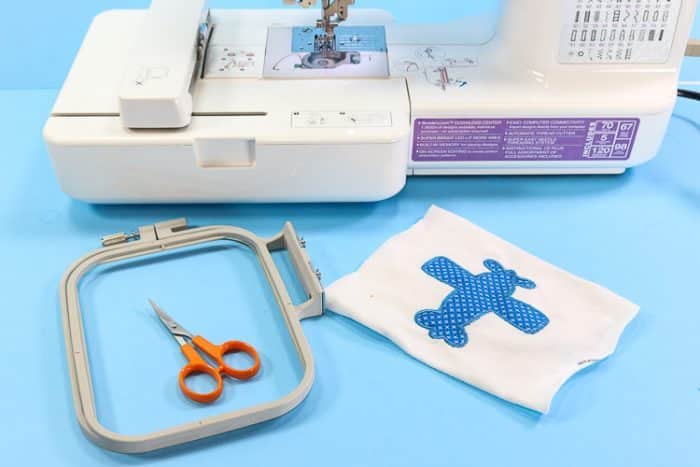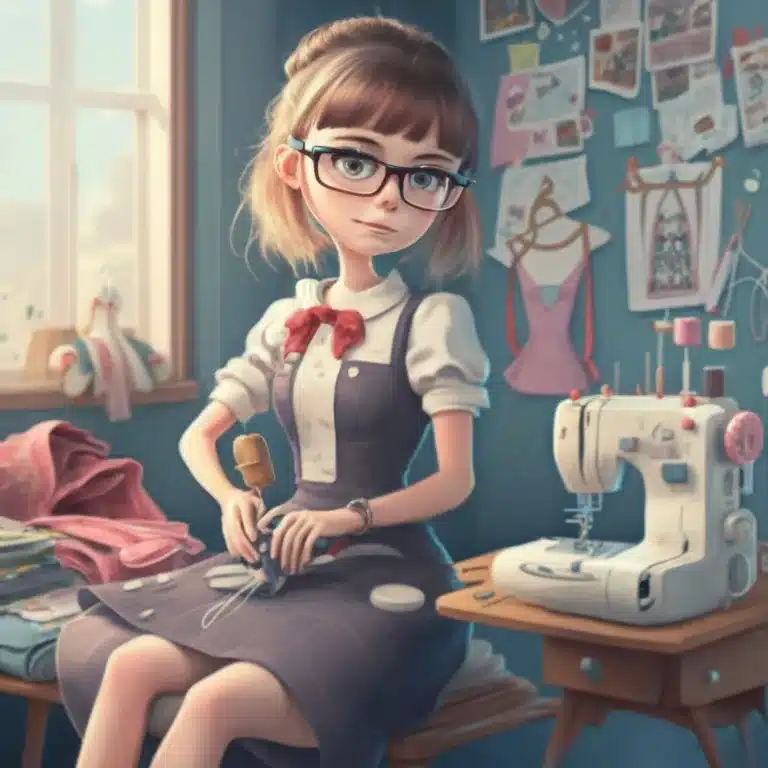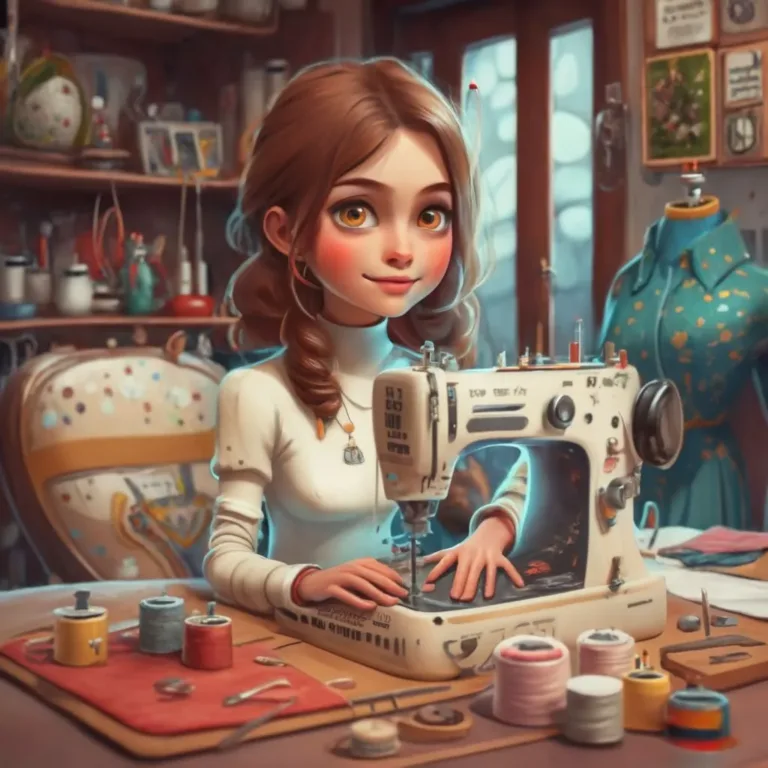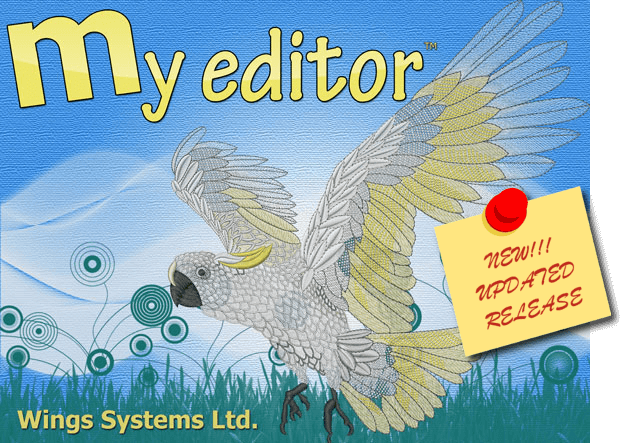.
What is associate decorated applique?
An applique is one piece of material sewn onto another piece of material with an ornamental sew border.
Basically, rather than mistreatment thread to form fill-stitches, you employ a bit of material to fill and supply color to a style. this can be economical for saving thread and decreasing thickness and puckering on styles which will be too sew dense otherwise for light-weight materials.
While appliques take additional interaction from you, the active sewing time for your machine is far less! And whereas appliques are often created by hand, a stitching machine, or associate embroidery machine, appliqueing with associate embroidery machine is {by far|far associated away|out and away} the fastest and most correct thanks to produce an applique.
What are you able to applique? What materials work best for applique?
Cartisanat Fat Quarters material material Pcs (20in x 20in / 50cm x 50cm) stitching Patterns Quarter Precut materials for Quilting Squares Scraps prime Cotton Material Bundle Patchwork DIY Crafting Floral B
You can place associate applique on virtually something which will be decorated (within reason). i favor to applique shirts, sweatshirts, towels, blankets, onesies, and even baseball caps, as an example. I’ll consult with this stuff to be decorated as base materials from here on out.
Picking an honest quality applique material is vital, too. scrutinize my master list of ideas for materials to use for applique. you’ll use cotton (my go-to is quilting cotton), denim, canvas, Minky, lace, twill, felt, pretend animal skin, terry artefact, and even knit materials.
I like to fritter away my scrap material stash or dig through garments and different home goods I attempt to repurpose to search out material, too (read: wherever to urge low cost material to repurpose to check some examples!) What’s most significant is that your material is prewashed and you’ve picked a compatible needle, thread, and embroidery base.
Common elements of AN Applique Embroidery style
While the specifics might disagree between digitizers, there square measure 3 common elements of most applique embroidery styles.
Placement or define Stitch: This stitches on your base material, showing wherever to position the applique material.
Tacking or Tackdown Stitch(es): This sew attaches the applique material to your base material. this could be a stitch (straight stitch), a zigzag sew, or a {running sew|stitch} followed by a zigzag stitch (depending on the digitiser and embroidery program).
Border Stitch: sometimes a textile or alternative ornamental sew, the border sew finishes the perimeters of the applique. ancient textile stitches square measure terribly short-length zigzag stitches that keep the applique material edges from unraveling. In distinction, raw-edge appliques wherever the applique material is supposed to stay out and fray might have simply a pleasant, dense {running sew|stitch} because the border stitch. Bean stitches are very fun!
Three Ways to induce the Applique material all the way down to the right Size
Before I show you the way to applique on AN embroidery machine, here square measure 3 ways to chop your applique material to the right size for your style.
1. sew and Cut
The easiest method in several cases is to chop material at once once the tacking sew. (This is what I’ll be modeling during this tutorial.)
All you’ve got to try and do is place a bit of rectangular material over the location sew and so cut it all the way down to size once the tacking sew. exactness is critical once trimming the material, though, which can be tough for terribly ornate styles or users with attenuated deftness. This technique works particularly nice with a stitch applique border as a result of this thick handicraft covers any imprecisions.
2. move Size Before Placement Cricut Rotary Blade KIT
If you don’t wish to trim your material whereas it’s within the hoop, you’ll be able to cut the applique material to size before putting it on your base material. i favor to use this technique once embroidering raw-edge appliques or appliques enclosed by a stitch. i purchase a cleaner cut since there’s less crazy maneuvering eager to be finished the bottom material still hooped.
The first thanks to pre-cut material is to print the applique templet file from your pc. you’ll ought to use embroidery package to access it if it isn’t enclosed along with your transfer. Then, victimization the written templet, cut the material to the precise size. (Read: a way to use deep-freeze paper in stitching. I show a way to print AN applique templet on deep-freeze paper, iron it to material, and use that to assist cut the right shape!)
If the planning comes with AN SVG file, you’ll be able to conjointly use a die-cutting machine sort of a Cricut, Silhouette, or Scan n move cut the form to the right size. At first, i used to be skeptical of what i’d do with my Cricut Maker, however it’s fully the foremost versatile craft tool I own. If you don’t have smart deftness or can’t snip exactly, this can be the most effective thanks to get an ideal applique form. (Check out five ways in which to use a Cricut in embroidery for additional info!)
There are AccuQuilt dies that job with embroidery applique styles. (Check out my tutorial for victimization AN AccuQuilt and embroidery machine together!)
3. handicraft double
This is rather more long and materials-consuming, however you’ll like to not cut material on your actual base material and risk accidentally cutting through it.
In this technique, you sew the location sew on your base material and take away the ring. Then, you’ll hoop your applique material with AN embroidery stabilizer and sew another placement or tacking sew on that. Then, cut out the applique material together with the sew you simply created. this may be the right size for your base material.
How to Embroider associate Applique With associate Embroidery Machine
First, prewash each your base material and your applique material if you’ll ever wash the item you’re appliqueing. It’s no sensible once you applique a replacement 100 percent cotton piece of material to a prewashed T-shirt and send it through the wash. associate unwashed cotton applique can shrink disproportionately to a prewashed T-shirt, and that’s unhealthy news.
1. putting in the material and Machine for Applique
Next, mark your material wherever you intend to applique. Usually, I’ll use soluble material pens, however I opted for my chalk wheel since my shirt was darker.
mark your material for applique embroidery
Then, hoop the acceptable stabilizer and base material.
For this tutorial, I terribly gently sprayed my PolyMesh cut-away stabilizer with temporary material adhesive 1st to stick it to the shirt and so hooped. If you would like facilitate hooping, scrutinize the way to hoop material for machine embroidery for tips and tricks! whereas some embroidery enthusiasts hate adhesive spray, it helps ME hoop accurately and tautly, therefore I’m an enormous fan!
If your base material doesn’t hoop, you’ll be able to invariably float the material on top of the hooped stabilizer. To note, your stabilizer has to be a minimum of a minimum of than the ring size on either side to hoop properly. My stabilizer isn’t lined up within the center of the image, however I actually have quite enough on every side!
adhere stabilzer to back of base material
hoop your material and stabilizer to induce able to produce the applique together with your embroidery machine
Usually, I’ll use soluble topping once embroidering t-shirts, however since this was merely associate applique style and not too stitch-dense, I skipped this.
If your applique material features a nap or pile (for example, terry material, velvet, faux fur), float one layer of soluble primeping (ex: Sulky Solvy) on top once you’ve hooped your material. You’ll simply tear off and so wash away residual topping once you’re through with the project.
Next, place the ring into your embroidery machine. confirm to tug all material out from beneath and round the embroidery space if you’re embroidering on a two-sided embroidery blank. I sometimes use hair clips, clothespins, or perhaps painter’s tape to carry excess material out of the approach.
2. handicraft the position or define sew
Now, ascertain that you just have the correct needle and thread in your machine. Load your style and center it together with your markings.
Then, lower your presser foot, and press begin to possess your {machine sew|sewing-machine stitch|stitch} the position stitch. i take advantage of an equivalent color thread for the position sew, tacking sew, and stitch once I’m appliqueing and match it to my applique material. you’ll be able to use any color you would like for the position sew, though, since it won’t be seen on the finished product.
stitch the position sew of the applique
3. Prepping the Applique material
Meanwhile, cut a bit of applique material an in. or 2 larger than the scale of the sewed style. Then, adhere your chosen backing to the applique material.
For me, this meant inserting a bit of HeatnBond fat-free with the unsmooth facet down onto the rear of the applique material. I then ironed it on medium heat (the iron goes over the paper a part of the backing) and let it cool. The paper layer then peels right off, feat the backing remaining on the material.
press heatnbond fat-free on
remove paper backing to ascertain sticky facet remaining on the applique
Gently place the cut material on prime of the position sew. confirm all the position sew lines ar coated. If you think that the material can slip around, you’ll be able to add a bit spray adhesive to stick it higher or plow ahead and iron it on if it’s already move form.
place applique material over the position sew
4. Embroider the Tacking sew
Next, use the tackdown sew to form the cutting line and secure material in situ. generally this can be a {running sew|stitch} or zigzag stitch. If it’s a straight sew, generally the designer also will follow up with a zigzag. So, simply check your style.
stitch tacking sew over material
Remove your hoop from the machine, and use a combine of sharp bowed embroidery scissors, duckbill applique scissors, or perhaps double-curved embroidery scissors to clip the material faraway from the facet of the tacking sew.
Snip as near to the road as you’ll be able to while not accidentally clipping any of the stitches or base material, sometimes 1/8″ or nearer. confirm to not shift the material among the ring, as this can mess with alignment. No got to be too good if you’re employing a wide stitch as a border, though.
trim away material from the applique tacking sew
If you have got a mini-iron (I suppose mine is one among the simplest mini-irons!), plow ahead and press the appliqued material to stick it for good to the shirt. If you don’t have alittle iron, simply confirm to press at the tip to stick permanently!
press heatnbond fat-free to for good adhere
5. closing With the Border sew
Next, replace your hoop and sew the stitch (or another ornamental outside stitch) to complete the skin of the applique. the miscroscopic V sew you see below is simply another tacking sew this style has before it stitches the stitch.
continue handicraft stitch around applique border
Repeat this same method for the other components of a multi-fabric applique style, and continue handicraft with different coloured threads till the planning is completed.
stitch different colours
6. Finishing Touches on the Appliqued Project
Remove your finished project from the ring, and pat yourself on the back!
Tear off any soluble topping, and tear or cut away your stabilizer from the rear of the project.
Trim jump stitches that you just hadn’t already removed with embroidery scissors, and find obviate any additional material fuzz that came once you snipped the material. It’s simple to try and do this with a lint roller or piece of tape.
trim jump threads from the planning
Since I appliqued a T-shirt with my embroidery machine, I required to form certain the unquiet stitches wouldn’t rub my daughter’s chest. Thus, I smooth on a bit of Tender bit backing to the within of the shirt behind the embroidery style.
Give the applique a final press from the rear, if needed, take away|to get rid of} any wrinkles and build it look additional pretty! I additionally remove any hoop marks and chalk marks with Magic size Spray or water.
magic spray size removes hoop burn and chalk marks!
How to produce Your Own Applique styles on Your Embroidery Machine
Now that you just understand the steps for machine applique, let’s cite making straightforward styles victimisation your machine. If this method below is confusing, let ME understand, and I’ll build a video for it.
If you have got a Brother embroidery machine (Brother PE800, SE1900, SE600, SE625, for instance), you’ll have intrinsical frames on your machine that you just will mix or use in succession to form applique styles. With different brands of embroidery machines, you will even have this capability, therefore scrutinize your user manual!
Just understand that making associate applique on your machine to sew larger than your liquid ecstasy hoop size isn’t attainable. therefore if you have got a Brother PE535, SE600, or SE625, this implies the largest applique you’ll be able to build is 4″x4.” That’s why i ultimately upgraded to the SE1900, that features a features a space,
To access frames on your Brother embroidery machine, press the embroidery button and so the frames icon. select your required form.
Within this form, we’ll need to mix three frames. Scroll through the choices for your chosen form, and press “Set” to pick the stitch version of the form. (Just a straight sew around.)
parts of associate applique on brother se1900how to applique with brother SE1900
Then, “add” a second stitch form an equivalent size and form because the 1st. Finally, finish by adding your ornamental sew. I selected a stitch here, however there ar several fun choices if you check them out!
how to applique with brother SE625
Press Edit finish, regulate your form, and press Embroidery. you ought to then see the 3 shapes set to sew in 3 totally different sections like below.
how to applique with brother SE600
If your machine doesn’t mix frames, simply sew them one by one in succession while not creating the mix. however fun is it to be able to build your own applique styles while not embroidery software?
How to Applique With associate Embroidery Machine – Conclusion
And, that’s it! I hope this beginner machine applique embroidery tutorial has schooled you ways to applique together with your embroidery machine. i really like however I will individualize outfits for my daughters and build super cute decorated gifts for friends and birthday parties.
Related Posts
Discover relevant articles, tutorials, and tips to improve your skills and explore new techniques.
Stay inspired and connected to our embroidery community.







I wanted to thank you for this fantastic read!!
I absolutely enjoyed every little bit of it. I have you bookmarked to check
out new things you post…
Fastidiious response in return of this difficullty
with genuine arguments and describing all about that.
Thanks very nice blog!
Hey There. I found your blog using msn. This is an extremely well written article.
I’ll make sure to bookmark it and come back to read more
of your useful information. Thanks for the post.
I will definitely comeback.
Admiring the dedication you put into your website and detailed information you present.
It’s nice to come across a blog every once in a while that isn’t the same outdated rehashed material.
Fantastic read! I’ve saved your site and I’m adding your RSS feeds
to my Google account.
For most recent information you have to visit world wide web and on the
web I found this site as a most excellent site for latest updates.
This site really has all the information I wanted
about this subject and didn’t know who to ask.